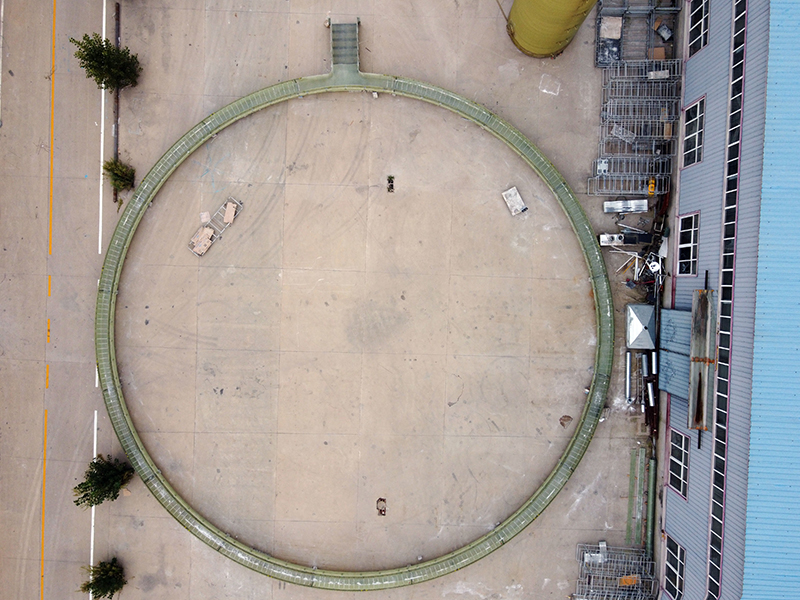
-
 Afrikaans
Afrikaans -
 Albanian
Albanian -
 Amharic
Amharic -
 Arabic
Arabic -
 Armenian
Armenian -
 Azerbaijani
Azerbaijani -
 Basque
Basque -
 Belarusian
Belarusian -
 Bengali
Bengali -
 Bosnian
Bosnian -
 Bulgarian
Bulgarian -
 Catalan
Catalan -
 Cebuano
Cebuano -
 China
China -
 China (Taiwan)
China (Taiwan) -
 Corsican
Corsican -
 Croatian
Croatian -
 Czech
Czech -
 Danish
Danish -
 Dutch
Dutch -
 English
English -
 Esperanto
Esperanto -
 Estonian
Estonian -
 Finnish
Finnish -
 French
French -
 Frisian
Frisian -
 Galician
Galician -
 Georgian
Georgian -
 German
German -
 Greek
Greek -
 Gujarati
Gujarati -
 Haitian Creole
Haitian Creole -
 hausa
hausa -
 hawaiian
hawaiian -
 Hebrew
Hebrew -
 Hindi
Hindi -
 Miao
Miao -
 Hungarian
Hungarian -
 Icelandic
Icelandic -
 igbo
igbo -
 Indonesian
Indonesian -
 irish
irish -
 Italian
Italian -
 Japanese
Japanese -
 Javanese
Javanese -
 Kannada
Kannada -
 kazakh
kazakh -
 Khmer
Khmer -
 Rwandese
Rwandese -
 Korean
Korean -
 Kurdish
Kurdish -
 Kyrgyz
Kyrgyz -
 Lao
Lao -
 Latin
Latin -
 Latvian
Latvian -
 Lithuanian
Lithuanian -
 Luxembourgish
Luxembourgish -
 Macedonian
Macedonian -
 Malgashi
Malgashi -
 Malay
Malay -
 Malayalam
Malayalam -
 Maltese
Maltese -
 Maori
Maori -
 Marathi
Marathi -
 Mongolian
Mongolian -
 Myanmar
Myanmar -
 Nepali
Nepali -
 Norwegian
Norwegian -
 Norwegian
Norwegian -
 Occitan
Occitan -
 Pashto
Pashto -
 Persian
Persian -
 Polish
Polish -
 Portuguese
Portuguese -
 Punjabi
Punjabi -
 Romanian
Romanian -
 Russian
Russian -
 Samoan
Samoan -
 Scottish Gaelic
Scottish Gaelic -
 Serbian
Serbian -
 Sesotho
Sesotho -
 Shona
Shona -
 Sindhi
Sindhi -
 Sinhala
Sinhala -
 Slovak
Slovak -
 Slovenian
Slovenian -
 Somali
Somali -
 Spanish
Spanish -
 Sundanese
Sundanese -
 Swahili
Swahili -
 Swedish
Swedish -
 Tagalog
Tagalog -
 Tajik
Tajik -
 Tamil
Tamil -
 Tatar
Tatar -
 Telugu
Telugu -
 Thai
Thai -
 Turkish
Turkish -
 Turkmen
Turkmen -
 Ukrainian
Ukrainian -
 Urdu
Urdu -
 Uighur
Uighur -
 Uzbek
Uzbek -
 Vietnamese
Vietnamese -
 Welsh
Welsh -
 Bantu
Bantu -
 Yiddish
Yiddish -
 Yoruba
Yoruba -
 Zulu
Zulu
Exploring the Future of FRP Pipeline Technologies and Their Applications in Industry
Understanding FRP Pipelines Innovations, Applications, and Benefits
Fiberglass Reinforced Plastic (FRP) pipelines have emerged as a revolutionary solution in various industries, offering enhanced durability, corrosion resistance, and cost-effectiveness. As the world moves towards seeking sustainable and efficient materials, FRP pipelines have established themselves as a strong contender in the realm of fluid transport systems.
To understand the significance of FRP pipelines, we must first delve into their composition. FRP is created by combining fiberglass with a polymer matrix, such as epoxy, vinylester, or polyester resin. This blend achieves a lightweight yet strong material, capable of withstanding harsh conditions. The fiberglass provides the tensile strength, while the resin offers chemical resistance, making these pipelines suitable for transporting a wide range of fluids, including water, chemicals, and oil.
Understanding FRP Pipelines Innovations, Applications, and Benefits
Moreover, the lightweight nature of FRP pipelines translates to easier installation processes. Traditional pipes often require heavy machinery for transportation and installation, increasing labor and equipment costs. In contrast, FRP pipes can be handled and installed with less equipment, making them not only more economical but also faster to deploy. This efficiency is crucial in projects with tight deadlines or budget constraints.
frp pipeline

The versatility of FRP pipelines extends to their design as well. They can be manufactured in various diameters and shapes, allowing for greater flexibility in different applications. Whether it's a small residential project or a large industrial operation, FRP systems can be tailored to meet specific requirements. This adaptability has led to their increasing use in diverse sectors, including municipal water systems, irrigation, industrial processes, and marine applications.
In addition to their practical benefits, FRP pipelines also contribute to environmental sustainability. Being a non-toxic material, FRP does not leach harmful substances into the surroundings, making it an eco-friendly choice for fluid transportation. Its durability also means less waste generated from replacements, aligning with the global push towards sustainable practices.
Despite the advantages, it is essential to consider some limitations of FRP pipelines. For instance, they can be more expensive upfront compared to traditional materials. However, when considering the long-term savings in maintenance and replacement costs, the initial investment becomes more justifiable. Additionally, while FRP is resilient, it may not be suitable for every application, particularly those involving extreme temperatures or high pressure.
In conclusion, FRP pipelines represent a significant advancement in pipeline technology. Their combination of strength, corrosion resistance, lightweight design, and versatility makes them an attractive option for various sectors. As industries continue to seek innovative and sustainable solutions, FRP pipelines are poised to play a pivotal role in shaping the future of fluid transport systems. By investing in this technology, organizations can enhance efficiency, reduce environmental impact, and ensure the longevity of their infrastructure. The ongoing development and refinement of FRP materials promise to further unlock their potential, ensuring their relevance in an ever-evolving industrial landscape.
Latest news
-
Exploring the Benefits of Top Hammer Drifter Rods for Enhanced Drilling PerformanceNewsJun.10,2025
-
High-Precision Fiberglass Winding Machine for GRP/FRP Pipe Production – Reliable & Efficient SolutionsNewsJun.10,2025
-
FRP Pipes & Fittings for Shipbuilding - Corrosion-Resistant & LightweightNewsJun.09,2025
-
Premium FRP Flooring Solutions Durable & Slip-ResistantNewsJun.09,2025
-
Premium Fiberglass Rectangular Tanks Durable & Lightweight SolutionNewsJun.09,2025
-
Tapered Drill String Design Guide Durable Performance & UsesNewsJun.09,2025









